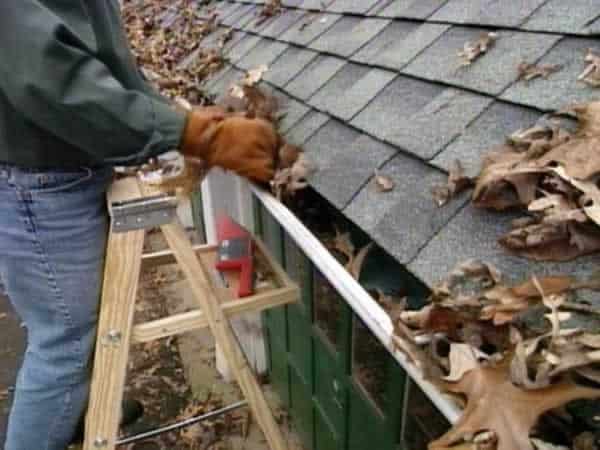Homeowners often ignore minor malfunctions and repairs, only to realize that the problem has evolved to cause much bigger damage. Regular maintenance can be time-consuming, but it’s important to fix even the smallest breakdowns as soon as they occur. Most of these repairs can be done at home, with simple tools, without having to hire a specialist.
Here are the top seven breakdowns and symptoms you shouldn’t ignore.
Leaking pipes
Kitchen and bathroom sinks are sometimes prone to leaks as a result of worn-out or loosened fittings or compression nuts. Whatever the cause, the replacement doesn’t cost much and should be done before the leak makes more damage. To replace broken washers and nuts, turn off the water at the main valve and remove the faucet handle – there’s usually a screw behind the hot-cold tag. When you unscrew the big white compression nut, you’ll be able to see which part is worn out or broken. Take it to the hardware store and ask for a replacement.
Dirty fridge coils
Coils behind your refrigerator gather dust and other debris that eventually deteriorates its performance. The dirt restricts the airflow, making the fridge work harder, which reduces its efficiency and lifespan. Clean coils improve your fridge’s cooling capacity and reduce energy consumption. Use a brush to clean these coils at least twice a year. Newer refrigerator models have encased coils that luckily don’t need cleaning.
Clogged garbage disposal
A blocked garbage disposal unit is relatively easy to clean. Disable the power to prevent accidents, and adjust the flywheel in the garbage disposal with an Allen wrench. Rotating the flywheel will loosen any clog that may damage or clog the garbage disposal. Any visible obstacle can be removed with a wooden dowel or pliers. Once you reconnect the power, run water through the unit to clear any remaining matter.
Replace the washer hose
Almost $170 million in damages is caused every year in the U.S. because of washing machine hose failures, as reported by State Farm Insurance. Make sure the connections are secure, with at least 4 inches of clearance between the water connection and the back of the machine. This way the hose can fold nicely without kinking. Reinforced rubber and stainless steel hoses break, even those sold as burst-resistant, and they usually break at the coupling. Even if there are no visible cracks or leaks, if your hose is five years old, it’s time for a replacement.
Crumbling masonry
Crumbling mortar can cause bricks to come loose an even fall out of the wall, fence or chimney. If the cracks in the mortar are so dep that wasps are taking residence, the situation is past taking action. If you’re handy with mortar, you can fix the problem yourself. Mix up Portland cement, lime, and sand, and apply it into cracks in the mortar using a trowel. Keep in mind that the new mortar won’t match the existing color directly, but will weather over time for a much closer match.
Damaged light switch
Unlike simpler plumbing issues, electrical breakdowns are best left to professionals. Even if it’s just replacing a switch, lack of basic electrical knowledge can lead to electrocution.
While this may be hard to believe, in countries like Australia, anything above screwing a lightbulb is considered licensed electrical work, so homeowners there will rather call an established electrician in Sydney than risk a fine or voiding an insurance claim. If a light switch isn’t working or is causing a visible spark, for your own safety and the safety of your family, you should call someone to look into it.
Stubborn sliding doors
If opening and closing your patio door is taking too much effort, it’s probably debris clogged in the track and jamming the wheels. Remove the door from the track. The removal process will vary, but it typically includes removing the screws at the top and bottom rails and pulling off the stile cover that keeps the door panels in place. Lift the door and move the bottom towards you to remove it from the track. Having another pair of hands would be of great help. Lay the door on the ground and inspect the wheels. If they are broken, you need a new set, and if not, clean them and the track with warm soapy water. Wipe everything dry and apply silicone lubricant, sliding the door back and forth a few times to spread it across the track. Although jerky door action is annoying enough, not tending to the problem can lead to a complete jam.
Although a seasoned homeowner will be able to fix most of these issues using amateur tools and a bit of internet know-how, electrical and bigger plumbing breakdowns are best tackled by specialist technicians who can prevent the problem from escalating into a disaster.









